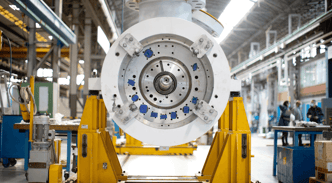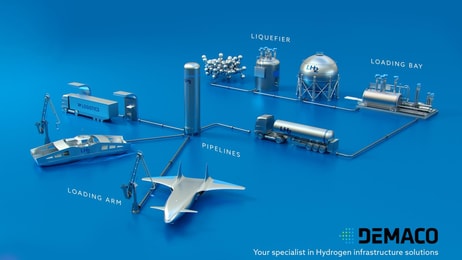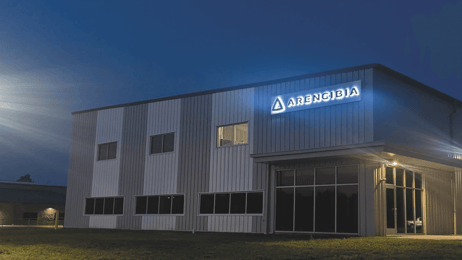Hydrogen: Forging the future with SMR-X™ technology
It’s widely known that the global demand for refinery hydrogen has been increasing at a significant rate over the past decade or more, due to a variety of factors from changes in available crude feedstocks and tighter environmental regulations, to growing adoption of hydrogen as a fuel in its own right.
All of which puts ever-increasing focus on low-cost, reliable and where possible, sustainable production and supply of high-purity hydrogen. Several means of hydrogen production exist but far and away the biggest and most common form of hydrogen production remains steam methane reforming (SMR), ever since its pioneering plant design introduction by Foster Wheeler back in the early 1960s.
There are several competing technologies available for the manufacture of hydrogen via steam reforming alone and, although it is a mature technology, incremental economic improvements are being continuously developed which improve overall plant efficiency, reduce the cost of hydrogen production, and minimise the impact on the environment by reducing CO2 emissions.
... to continue reading you must be subscribed
























